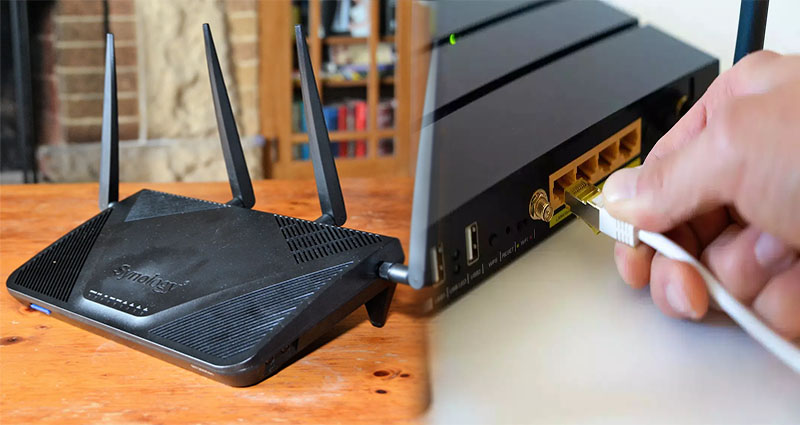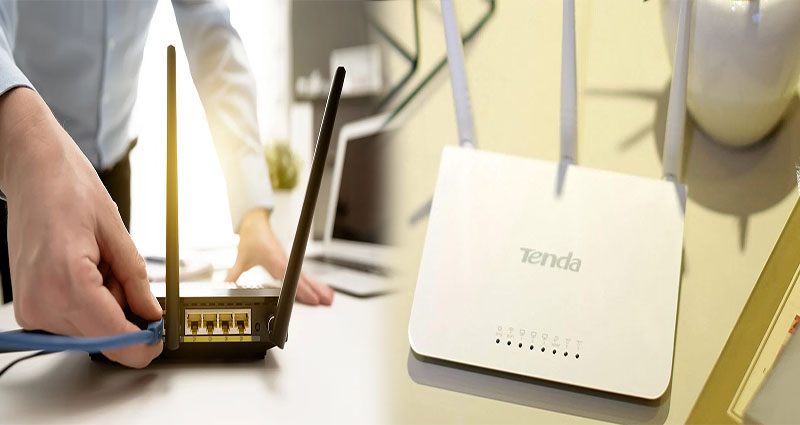Enhancing Home Networking with Gigabit Ethernet Ports and MU-MIMO Support for High-Speed WiFi Routers
In today’s digital age, where connected devices are abundant, having a reliable and high-speed internet connection is crucial, especially for large homes. Traditional routers may struggle to provide consistent connectivity throughout a vast area, resulting in dead zones and slow speeds. To address these issues, the integration of Gigabit Ethernet ports and MU-MIMO support in WiFi routers has emerged as a game-changer, revolutionizing home networking for large homes. This article explores the benefits and features of Gigabit Ethernet ports and MU-MIMO support, which enhance the overall performance of home WiFi networks.
Gigabit Ethernet Ports:
Gigabit Ethernet ports enable users to connect their devices directly to the router using an Ethernet cable. Unlike traditional Fast Ethernet ports, which max out at 100 Mbps, Gigabit Ethernet ports offer a blazing-fast data transfer rate of up to 1000 Mbps (1 Gbps). The advantages of utilizing Gigabit Ethernet ports include:
- Increased Speed: Gigabit Ethernet














